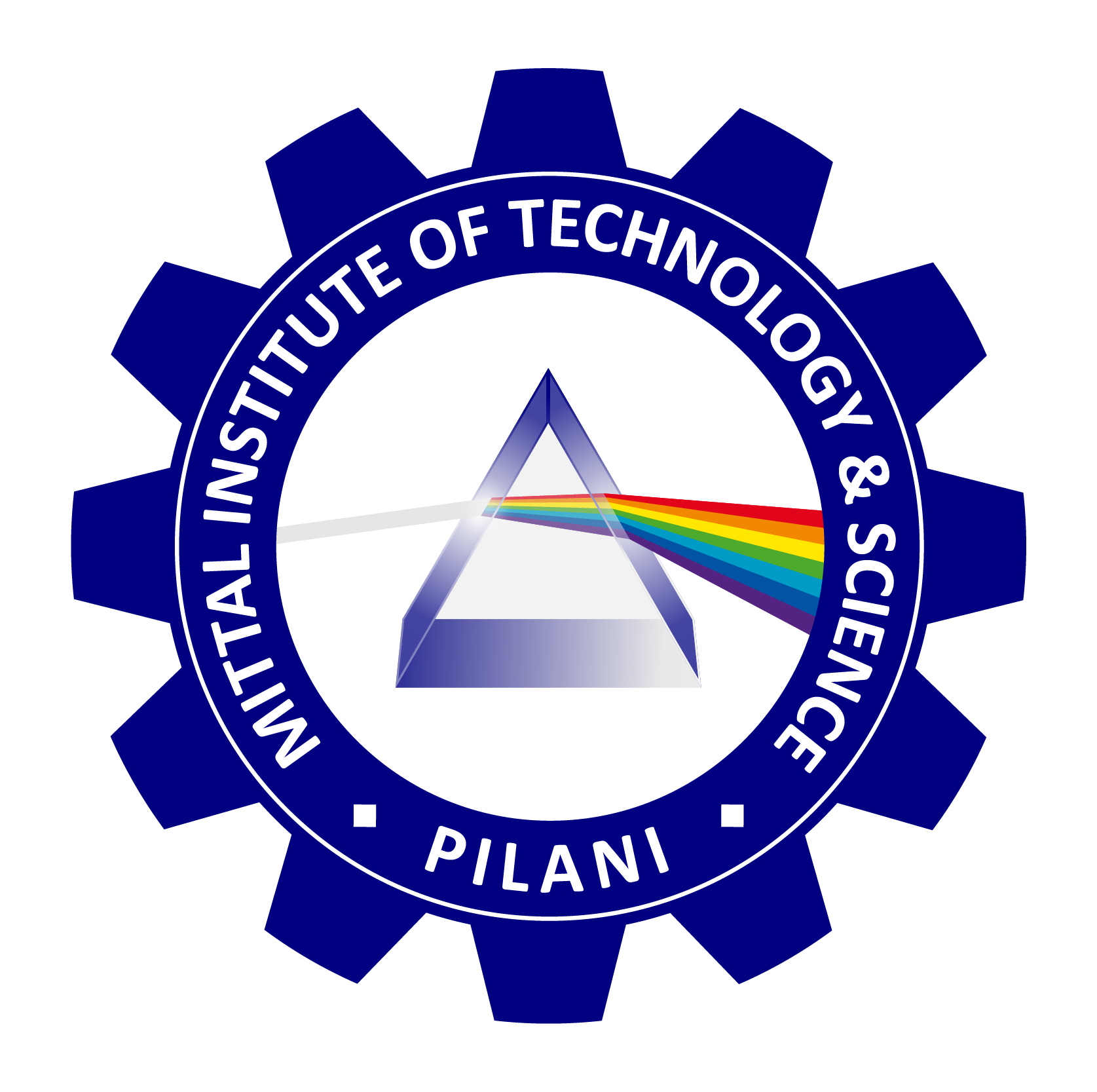
MITTAL INSTITUTE OF TECHNOLOGY & SCIENCE
Department of Electronics
Electronics: Principles, Manufacturing, and Applications
Introduction
Electronics is a branch of physics and engineering that deals with the behavior, control, and application of electrons in devices and systems. At its core, electronics is fundamental to modern technological advancements, enabling everything from consumer gadgets to industrial machinery. By manipulating electrical signals, electronic devices can process, store, and transmit information. This essay delves into the principles of electronics, the manufacturing processes for components and devices, and the broad spectrum of applications that drive the world forward.
Principles of Electronics
The foundation of electronics is built upon the flow and control of electrons in various materials, particularly conductors, semiconductors, and insulators. Key principles of electronics include:
- Electric Charge and Current: Electrons carry an electric charge. When these charges flow through a conductor, such as a wire, they create an electric current. This movement of electrons forms the basis of all electronic devices.
- Voltage and Resistance: Voltage is the potential difference that drives the flow of electrons, while resistance is the opposition that slows this flow. Understanding how these quantities interact is crucial for designing electronic circuits.
- Semiconductors: Materials like silicon, which have electrical conductivity between conductors and insulators, are central to modern electronics. By controlling the flow of electrons through semiconductors, devices like transistors can function as switches or amplifiers.
- Transistors and Diodes: Transistors, the building blocks of most electronic devices, act as switches that control electrical signals. Diodes allow current to flow in one direction only and are used in rectification, signal modulation, and more.
- Circuit Design: Electronic circuits consist of components like resistors, capacitors, inductors, and transistors. The arrangement and interaction of these components form complex systems, such as amplifiers, processors, and communication devices.
Manufacturing of Electronic Components
The manufacturing of electronic components involves intricate processes to create devices with high precision and reliability. The production of these components, from raw materials to finished products, can be broken down into several stages:
- Material Selection: The choice of materials is crucial for the functionality of electronic components. Semiconductors, like silicon, are widely used due to their ability to conduct electricity under specific conditions. Conductors like copper and aluminum are used for wiring, while insulators like glass and plastic protect circuits.
- Semiconductor Fabrication: Silicon wafers are the starting point for manufacturing semiconductors. A process called photolithography is used to etch intricate patterns onto these wafers, creating the tiny circuits that make up integrated circuits (ICs). This is followed by doping, where impurities are added to the silicon to modify its electrical properties.
- Component Assembly: After the semiconductor fabrication, individual components such as transistors, resistors, capacitors, and inductors are assembled onto printed circuit boards (PCBs). PCBs serve as the backbone for most electronic devices, providing a platform where components are connected through conductive pathways.
- Testing and Quality Control: Once assembled, electronic devices undergo rigorous testing to ensure their functionality and reliability. Devices are subjected to environmental stress, voltage variations, and more to verify their performance in different conditions.
- Packaging and Final Assembly: After testing, components are packaged in protective casings to shield them from environmental factors like heat, moisture, and dust. Final assembly of devices, such as smartphones, computers, or medical equipment, involves integrating these components into user-friendly products.
Applications of Electronics
The applications of electronics are vast, touching almost every aspect of modern life. Here are a few key areas where electronics have had a profound impact:
- Consumer Electronics: The most visible application of electronics is in consumer gadgets like smartphones, tablets, televisions, and computers. These devices have revolutionized communication, entertainment, and productivity.
- Industrial Automation: In manufacturing and industry, electronic systems control machinery, manage workflows, and optimize production processes. Robotics, sensors, and programmable logic controllers (PLCs) are essential for modern automated factories.
- Medical Devices: Electronics are critical in healthcare, powering diagnostic machines like MRI and CT scanners, wearable health monitors, and implantable devices such as pacemakers. These devices improve patient outcomes by providing accurate and timely data.
- Telecommunications: The telecommunications industry relies heavily on electronics for the transmission of data over long distances. From mobile phones to the internet, electronics play a central role in enabling communication networks.
- Transportation: Modern transportation systems, including electric vehicles, automated trains, and airplanes, are heavily reliant on electronic control systems. These systems improve safety, fuel efficiency, and comfort.
- Renewable Energy Systems: Electronics are also at the forefront of renewable energy technologies. Solar panels, wind turbines, and energy storage systems all rely on electronic control mechanisms to convert and manage energy efficiently.
- Defense and Aerospace: In defense, sophisticated electronics are embedded in systems such as radar, missiles, and communication equipment. In aerospace, avionics systems control navigation, communication, and aircraft performance.
Electronics is a cornerstone of modern society, with applications that span a wide range of fields. From the fundamental principles governing electron flow to the sophisticated manufacturing processes that create complex devices, the journey of electronics has been one of continuous innovation. As new materials and techniques emerge, the future promises even more revolutionary advancements in this ever-evolving field, shaping the way we live, work, and communicate.
In essence, electronics is not just about devices and circuits but about creating solutions that solve real-world problems and improve the quality of life across the globe.
